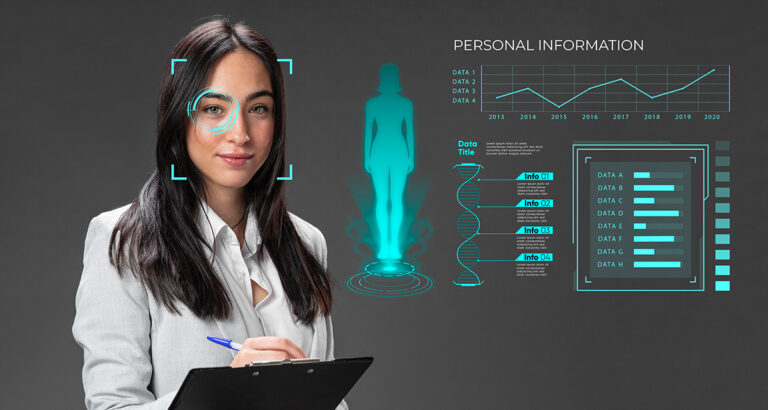Osteoporosis remains a largely underdiagnosed and undertreated condition in men, despite posing substantial morbidity and mortality risks. While commonly associated with postmenopausal women, men experience worse outcomes following fragility fractures, including twice the mortality risk after hip fractures. Nonetheless, osteoporosis screening rates in men remain low, often due to misconceptions and lack of guideline awareness.
According to current clinical guidelines, men should undergo osteoporosis screening by age 70 or earlier if risk factors exist (e.g., hypogonadism, glucocorticoid use, chronic illnesses). Recommended diagnostic tools include FRAX, DXA of the hip and spine, and forearm DXA for specific conditions. However, real-world data reveal a stark disparity in screening practices—only 22% of surveyed clinicians reported screening older asymptomatic men, compared to nearly 90% for women.
Systemic barriers also contribute to the diagnostic gap. Reimbursement cuts to Medicare for DXA testing have reduced machine availability, especially in rural or underserved areas. As a result, logistical challenges further limit access to early diagnosis and treatment. Experts emphasize the urgent need for policy reform, improved access, and enhanced clinician and patient education to bridge this critical gap in men’s bone health.





